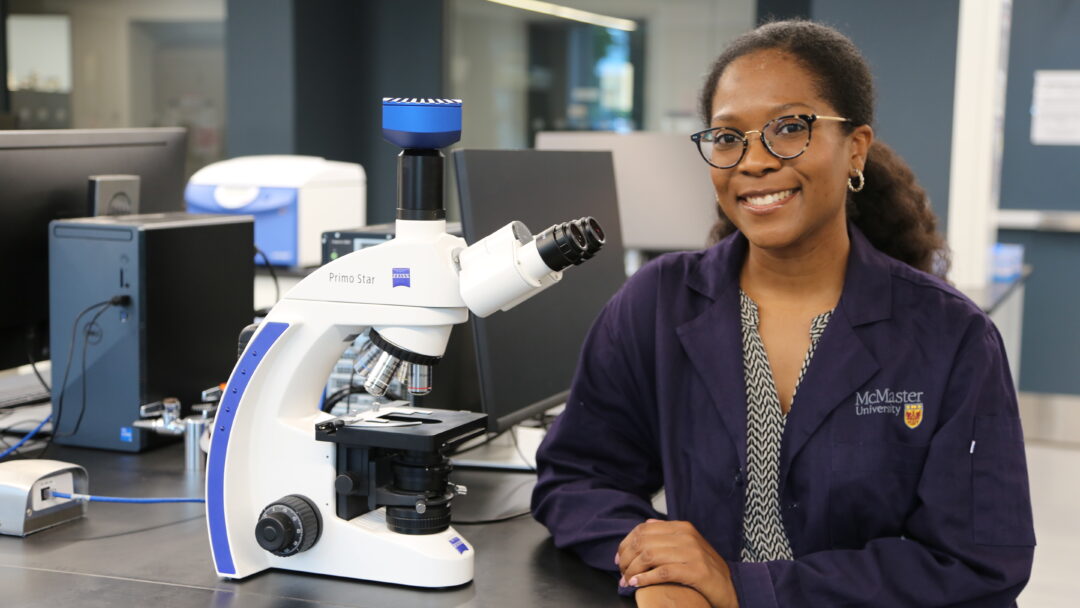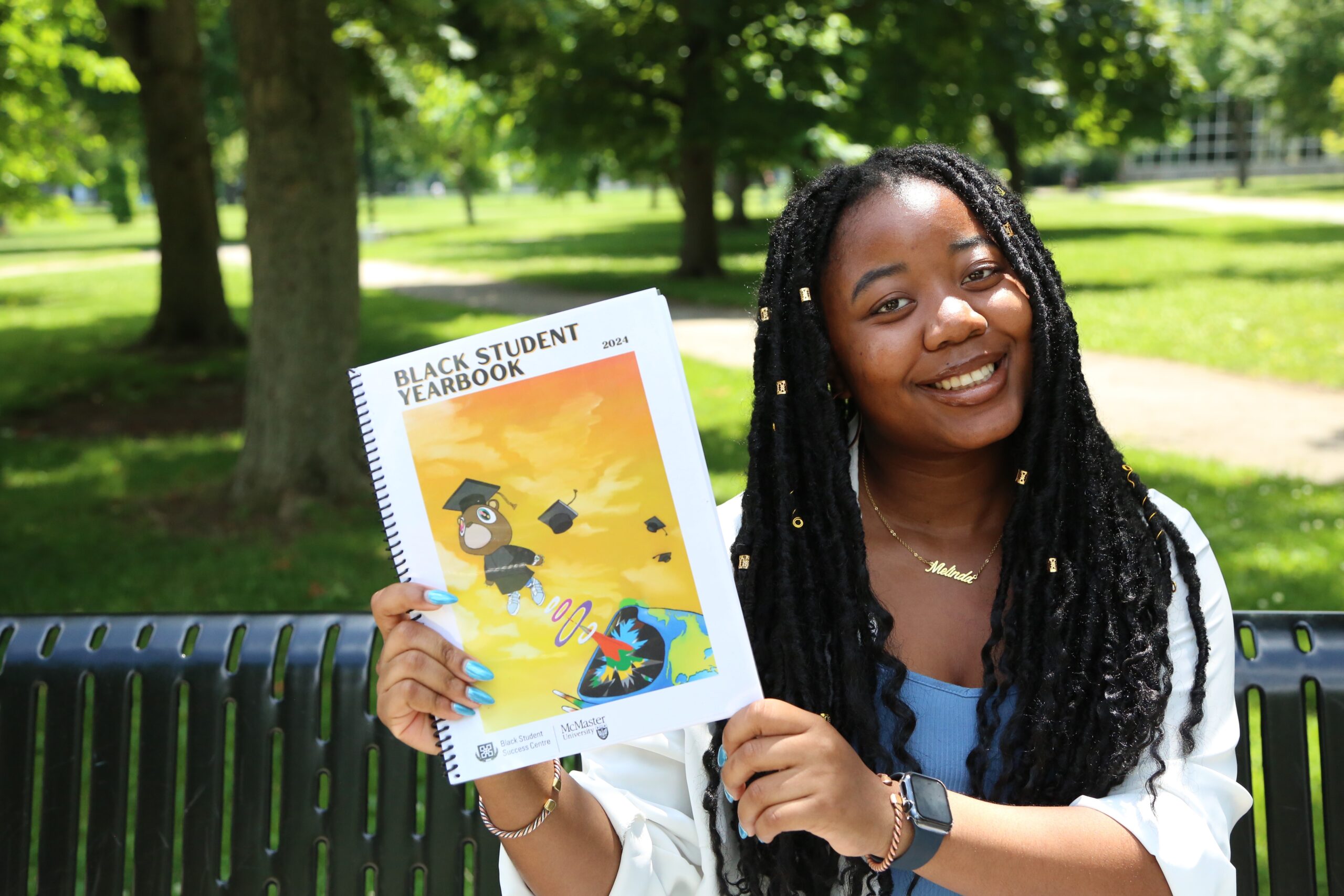Science students explore the power of storytellling
When you hear the term “science communication” children’s books, oral storytelling and graphic novels may not be what immediately comes to mind.
It was all part of LIFESCI 4L03: Science and Storytelling, an innovative new course offered for the first time this fall by McMaster’s School of Interdisciplinary Science (SIS).
“We really wanted to pull out the storytelling piece from the larger science communication curriculum because stories are so relatable,” explains Moisse, an assistant professor in SIS and a science journalist, formerly of ABC News. “Storytelling, more than other form of science communication, is an invitation to non-scientific audiences to become genuinely curious and engaged in science.”

Neuroscientist and graphic novelist Matteo Farinella spoke to students about visual storytelling in McMaster University Library’s Makerspace located in Thode Library.
Students participated in a nature walk through Coote’s Paradise to learn about how the land can hold and tell stories, and heard from McMaster’s Ellen Amster, an historian and associate professor in the department of Family Medicine, who spoke about how science fiction, such as novels like Frankenstein, can reflect cultural anxieties around scientific innovation.

Students hiked through Cootes Paradise to learn about how the land holds stories
McMaster’s rare books librarian, Myron Groover, spoke to students about how scientific narratives have been shaped throughout time by the gender, racialized or cultural voices that have been included – or excluded – from the historical record. Students also experimented with oral storytelling, guided by Hamilton storytellers Colleen Gaffney and Lisa Hunt from Steel City Stories.

Student Aria Alizadeh shares her personal oral story with the class.
For their final projects, students created stories using a range of forms, from short stories and documentaries to social media campaigns and podcasts. Students even had the opportunity to present their work at a public exhibition.
Fourth-year honours Life Sciences students Victoria Di Felice and Zoe Bustard say taking the course has changed the way they think about communicating science.

A page from student Zoe Bustard’s children’s book, Sophie’s Journey to Mars.
Di Felice, who, for her final project, produced a half-hour documentary on type 1 diabetes and its impact on those living with the disease, agrees.
Teaching students to hone their science communication skills is a key priority of the School of Interdisciplinary Science. Moisse and Siddiqui say they were inspired by the stories created by their first cohort of students and say some students have since expressed interest in learning more about this unique form of science communication.
“That’s been really gratifying for us because we want communicating about science to be a lifelong process for them,” adds Siddiqui. “We don’t want it to be something they create in small packages as part of a course, but a skillset that they’re learning that they will absolutely be applying outside of these walls.”
Related News
News Listing
Generative Artificial Intelligence in Life Science and History Courses: Experiences, Opinions, and Policy Implementations
Uncategorized
October 24, 2024

Not the usual lesson in chemistry – assistant prof turns labs into an escape room for next gen scientists
Uncategorized
August 6, 2024

August 2, 2024
